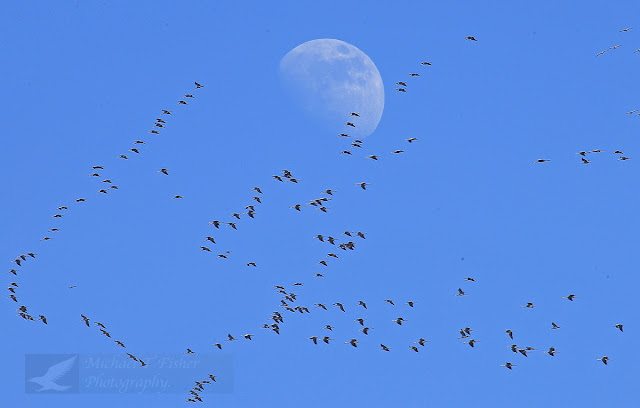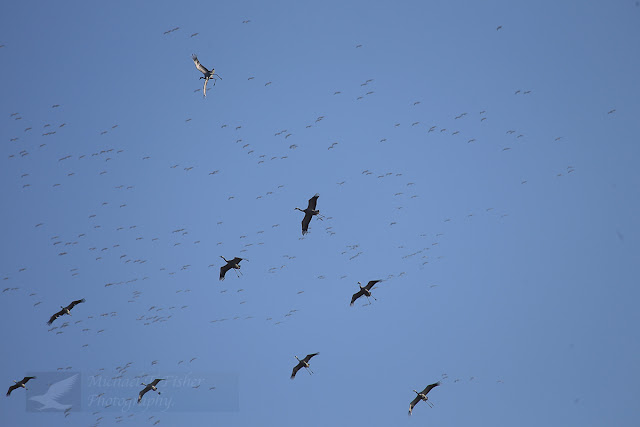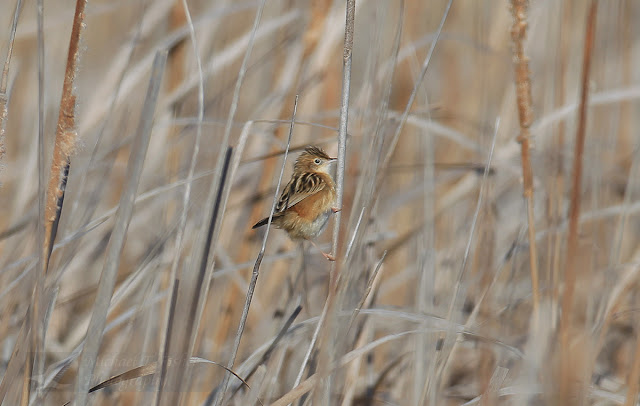The Bassin d'Arcachon, affectionately known by the locals as "le Bassin", is situated south of Bordeaux, in the département of the Gironde on the Atlantic Southwest coast of France.
At the high tide, the Bassin is a mass of 150km² of water, but as the tide ebbs, the water level reduces to 40km² laying bare a vast feeding station for the thousands of birds that over Winter and the many others that breed here throughout the summer.
It is also hugely important for migrating birds, so much so that there are only a few days of the year when no passage migrant can be seen.
Great birdwatching opportunities exist all around "le Bassin," none perhaps better than at Le Teich and its Parc Ornithilogic.
Here are some of those birds taken during a couple of recent visits.
We should have called this post Bills and Reflections!
Snipe (Common) Gallinago gallinago.
Great Egret, Casmerodius albus.
Little Egret, Egretta garzetta.
The previous photo shows the Little Egret treading the water, nearly dancing to disturb the hidden invertebrates, and then it seems frozen in concentration whilst awaiting the results.
A sleeping Avocet (Pied) Recurvirostra avosetta.
Enjoying the sunshine, a Long-tailed Tit, Aegithalos caudatus.
(Northern) Lapwing, Vanellus vanellus.
A Mute Swan, Cygnus olor, getting airborne.
Early morning sunlight reflects across this Great Egret.
Black-headed Gull, Chroicocephalus ridibundus.
Kingfisher (Common) Alcedo at this.
This one is a Female, identified by the red base on the bill.
Always alert to the danger of predators.
In a quiet and dark corner, Little Egret takes a bath.
Subsequently, it appears to stand on water.
Elsewhere, this Little Egret is very busy searching for a meal.
A juvenile Spoonbill (European) Platalea leucorodia, prepares for landing.
Grey Heron, Ardea cinerea.
The tide is out, and so is this Water Rail, Rallus aquaticus.
It's a great place to Birdwatch, especially when the sun is shining, which is often!
It is also hugely important for migrating birds, so much so that there are only a few days of the year when no passage migrant can be seen.
Great birdwatching opportunities exist all around "le Bassin," none perhaps better than at Le Teich and its Parc Ornithilogic.
Here are some of those birds taken during a couple of recent visits.
We should have called this post Bills and Reflections!
Snipe (Common) Gallinago gallinago.
Great Egret, Casmerodius albus.
Little Egret, Egretta garzetta.
The previous photo shows the Little Egret treading the water, nearly dancing to disturb the hidden invertebrates, and then it seems frozen in concentration whilst awaiting the results.
A sleeping Avocet (Pied) Recurvirostra avosetta.
Enjoying the sunshine, a Long-tailed Tit, Aegithalos caudatus.
(Northern) Lapwing, Vanellus vanellus.
A Mute Swan, Cygnus olor, getting airborne.
Early morning sunlight reflects across this Great Egret.
Black-headed Gull, Chroicocephalus ridibundus.
Kingfisher (Common) Alcedo at this.
This one is a Female, identified by the red base on the bill.
Always alert to the danger of predators.
In a quiet and dark corner, Little Egret takes a bath.
Subsequently, it appears to stand on water.
Elsewhere, this Little Egret is very busy searching for a meal.
A juvenile Spoonbill (European) Platalea leucorodia, prepares for landing.
Grey Heron, Ardea cinerea.
The tide is out, and so is this Water Rail, Rallus aquaticus.
It's a great place to Birdwatch, especially when the sun is shining, which is often!


























































